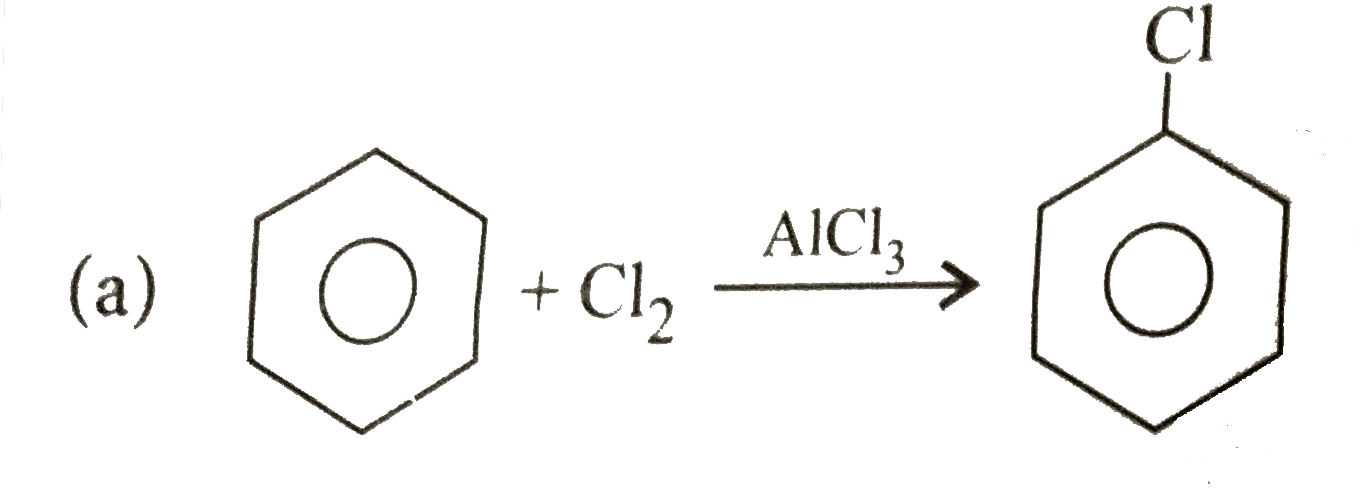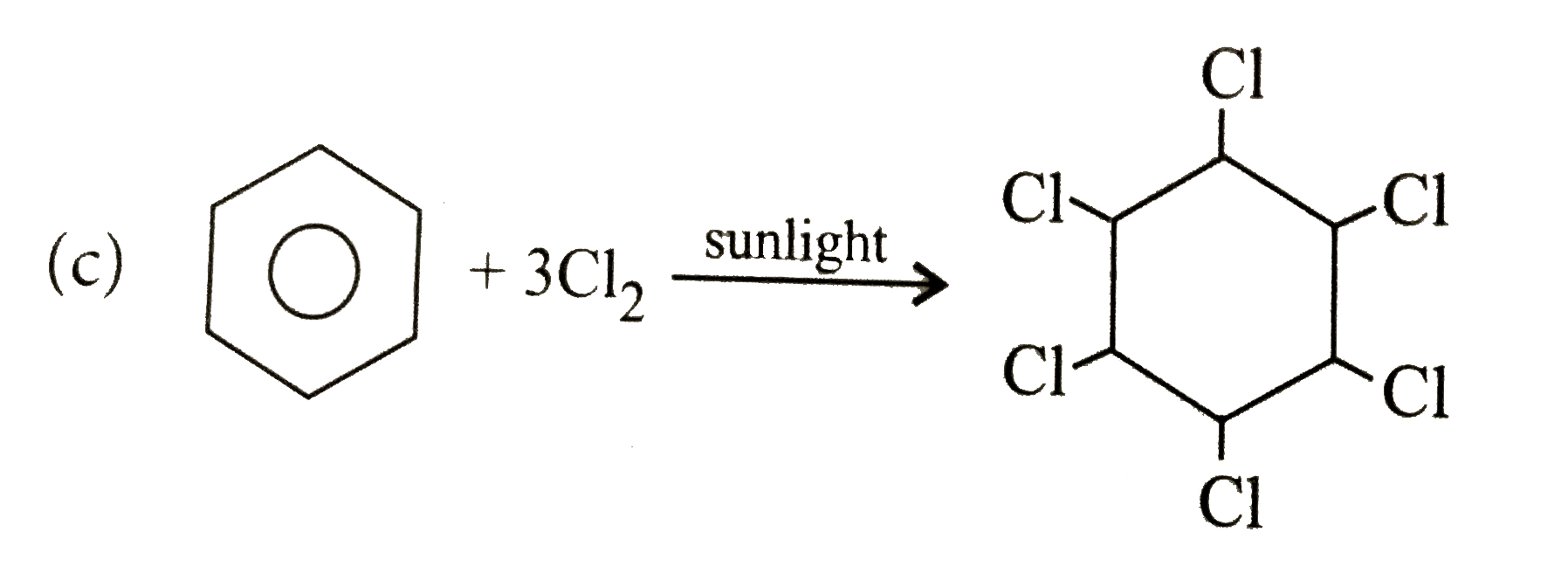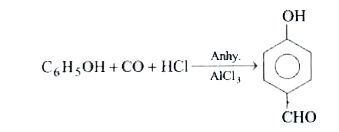A
B
C
D
Text Solution
AI Generated Solution
The correct Answer is:
|
Topper's Solved these Questions
HYDROCARBONS
NCERT FINGERTIPS ENGLISH|Exercise Higher Order Thinkin Skills|7 VideosView PlaylistHYDROCARBONS
NCERT FINGERTIPS ENGLISH|Exercise Assertion & Reason|15 VideosView PlaylistEQUILIBRIUM
NCERT FINGERTIPS ENGLISH|Exercise Assertion And Reason|15 VideosView PlaylistHYDROGEN
NCERT FINGERTIPS ENGLISH|Exercise Assertion And Reason|15 VideosView Playlist
Similar Questions
Explore conceptually related problems
Knowledge Check
Similar Questions
Explore conceptually related problems
NCERT FINGERTIPS ENGLISH-HYDROCARBONS -Assertion And Reason
- Which of the following steps is not correct in the mechanism of electr...
06:45
|
Playing Now - Assertion: 2,2-Dimethylbutane does not have any tertiary carbon atom. ...
02:37
|
Play - Assertion: The reaction, C(2)H(5)Br +2Na+C(2)H(5)Br to C(4)H(10)+2NaBr...
02:48
|
Play - Assertion: Wurtz reaction is not preferred for the preparation of alka...
02:49
|
Play - Assertion: Sodium salt of butanoic acid on heating with soda lime give...
02:41
|
Play - Assertion: Boiling point of pentane is higher than 2,2-dimethylpropane...
03:50
|
Play - Assertion: Iodination of alkanes is carried out in the presence of oxi...
03:00
|
Play - Assertion: Staggered conformation of ethane is most stable while eclip...
03:22
|
Play - Assertion: cis-form of alkene is found to be more polar than the trans...
02:40
|
Play - Assertion: Alkenes are easily attacked by electrophilic reagents. Re...
03:39
|
Play - Assertion: Addition of HBr to propene yields 2-bromopropane but in pre...
05:20
|
Play - Assertion: Decolourisation of KMnO(4) solution is used as a test for u...
03:07
|
Play - Assertion: Ethyne reacts with sodium metal and sodamide to form sodium...
03:48
|
Play - Assertion: Cyclopentadienyl anion is aromatic in nature. Reason: Cyc...
03:24
|
Play - Assertion: The second substituent may enter the mono-substituted benze...
02:58
|
Play - Assertion: In case of aryl halides, halogens are moderately deactivati...
04:43
|
Play




